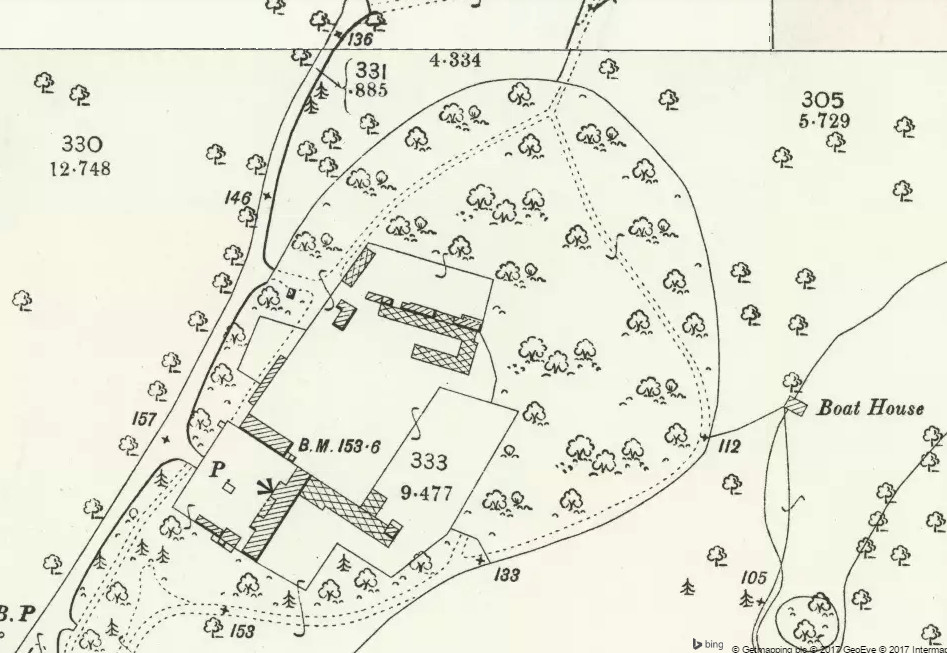Home and News About the Park About the Friends Membership and Contact Events
The Formal Gardens The current gardens and plantings of Beckenham Place probably have little resemblance to the landscaping carried out by John Cator and later residents and tennants of the estate. We might start by imagining what was there originally from this passage written by Pat Manning with information recently uncovered by the Friends and Pat.
Robert
Borrowman states in his Beckenham Past and Present, p 216, 'He (John
Cator) was a friend
of Linnaeus, (1707-1778) the great botanist, who is said to have
planted
several shrubs and flowers in the woods and garden of
Beckenham
Place. However, Robert did not have the advantage of all the
correspondence that we can find on line today, particularly that of
John Cator's father-in-law, Peter Collinson, who was a pioneer in
transportation of live plants, seeds and bulbs all over the world. The
confusion probably originates in the friendship struck up between Peter
Collinson and Linnaeus in 1735 and a lifetimes correspondence between
them. However, Linnaeus did not visit England after 1735 nor did he
visit Beckenham. John Bartram (1699-1777) was a Quaker farmer and self-taught botanist from Philadelphia with whom Peter Collinson (1694-1768) corresponded for more than 34 years from the early 1730's although the two never met. A letter to John Bartram in 1761 declares Collinson to be responsible for some planting at Beckenham Place as follows: My son-in-law has built a large fine house and has everything to plant. Prithee send a box of your more rare trees for I have none to spare of rhododendrons, kalmias, small magnolias, azaleas and sassafras. I can help him with all the others. The exact site of John Cator's house is described in a catalogue of the plants cultivated at Peter Collinson's garden on Mill Hill, Hendon, Middlesex, Hortus Collinsonianus on page iv: Sept 17 1762 went for the first time to visit my son-in-law John Cater (sic) who married my daughter at his newbuilt house, now finished, at Stump's Hill half way on the South side of the road between Southend and Beckenham in Kent, began in the Spring of 1760 on a pretty wooded estate which he had then purchased. Peter Collinson was also a friend of Carl Linnaeus with whom he kept up a regular correspondence. Linnaeus visited England only before 1735/36 when John Cator (1728-1806) was only 7 years old so his direct connection with John Cator could only have been through Peter Collinson or other botanists such as Aylmer Bourke Lambert (1761-1842) or perhaps the Swedish naturalist Daniel Carlson Solander (1733-1782) an apostle of Linnaeus who travelled to England in 1760 to promote the new Linnaean classification. Solander also accompanied Captain Cook and An extraordinary topic of
letters between Collinson and Linnaeus from about 1760 until 1767
concerned the possibility put forward by Linnaeus that swallows lived
the winter under water. In a letter dated 20 May 1762, Collinson
proposed two experiments, the first to dissect swallows to demonstrate
internal apparatus to enable them to undergo such a change and the
second to put some on a board above a large wide tub nearly filled with
water, covered with a net to see what happened to them. Also in the
spring, appoint someone to look for swallows coming out of water in a
languid wet state and to see how long they took before being fit for
flight. Collinson said he had first asked for an answer 3 years before
and was still waiting for a reply in March 1767 as Linnaeus turned a
deaf ear to all Collinson's proposals to elucidate the
Well there are certainly still some Rhodedendrons around the mansion shrubberies and in the woodland, maybe some Azaleas but probably recently planted and we dont know of any of the others. Among the trees there are swamp cypress and turkey oak as well as all the common native woodland trees. A selection of conifers and planted specimen trees including Tulip Tree are present but again all more recent plantings under the regime of Council garden plantings.
There was a reasonably old fig tree against the rear wall of the stable block but this may have perished when fire destroyed the building. The gardeners maintain some shrubs and make seasonal plantings in the formal beds. The Black Mulberry though of old appearance is probably less than 150 years old. Maps such as above of 1894 show a variety of building layouts from the original stableblock and homesteads to later additions of greenhouses and outbuildings. There were what appears to be shrubberies and a path down to a boathouse on the edge of the lake. There doesn't seem to be any record of greenhouses after the LCC purchased the park but whitewash can be seen on part of the rear of the stableblock with the outline of a pitched roof. Other greenhouses would have been on the site of the tennis courts.
|
|
